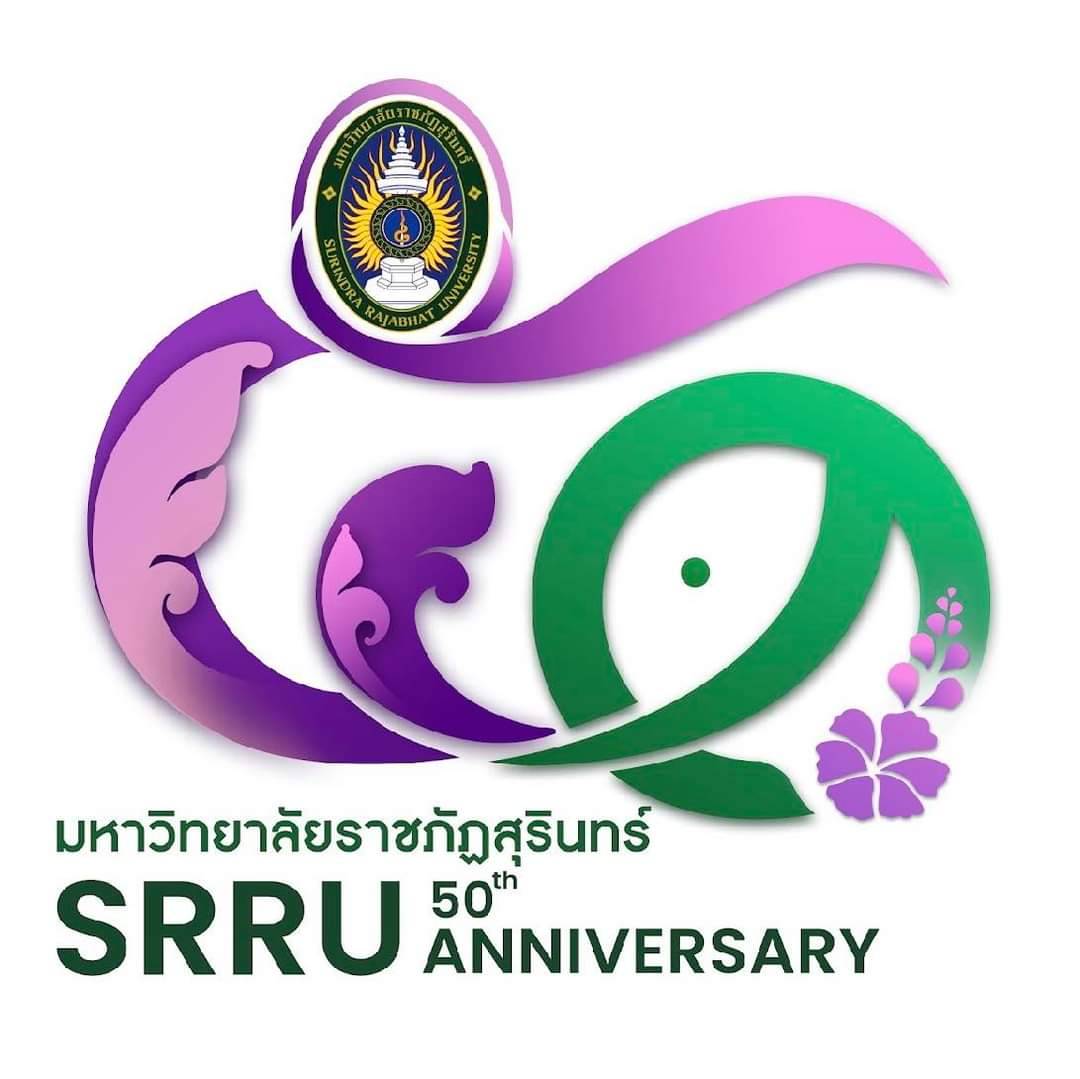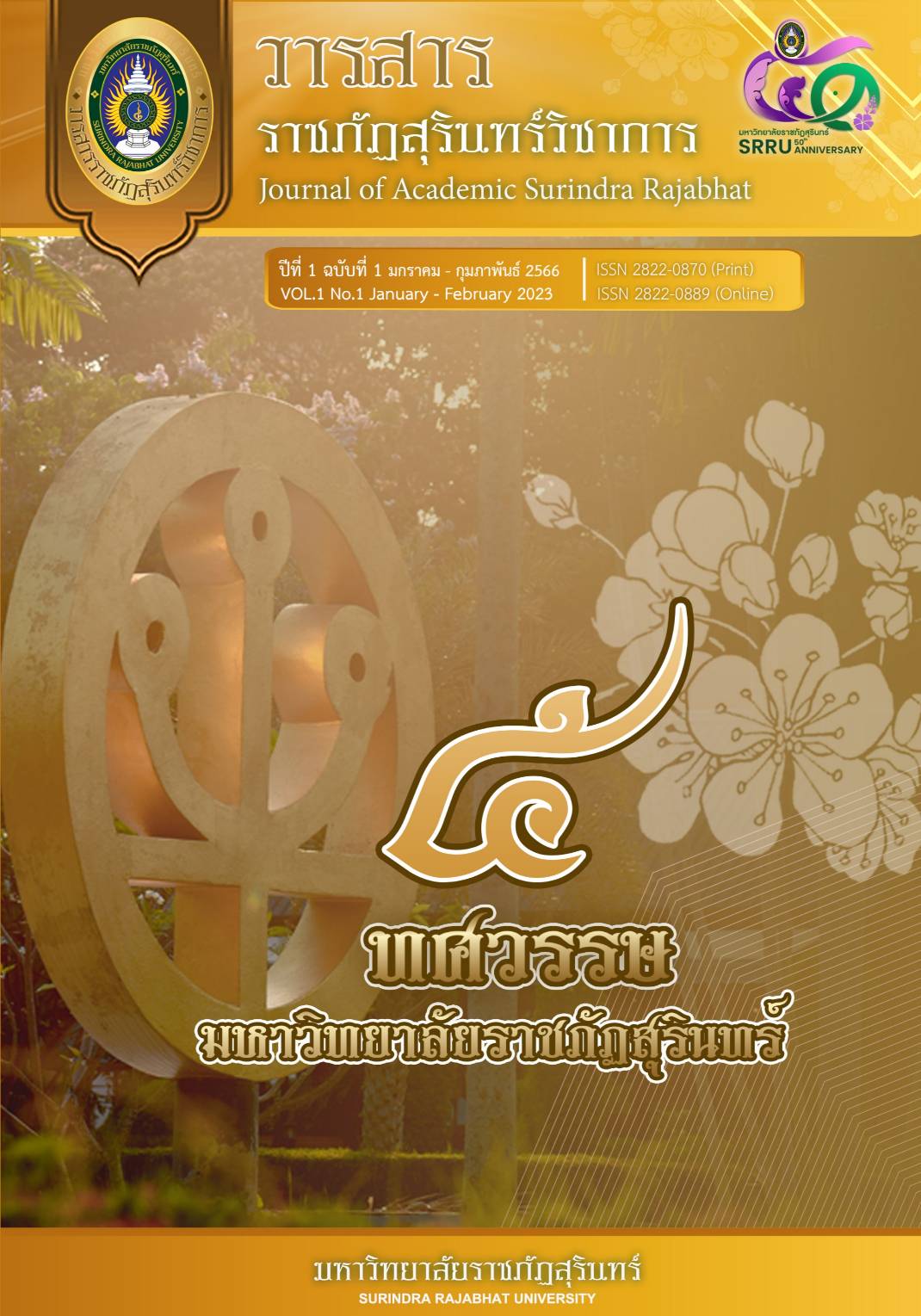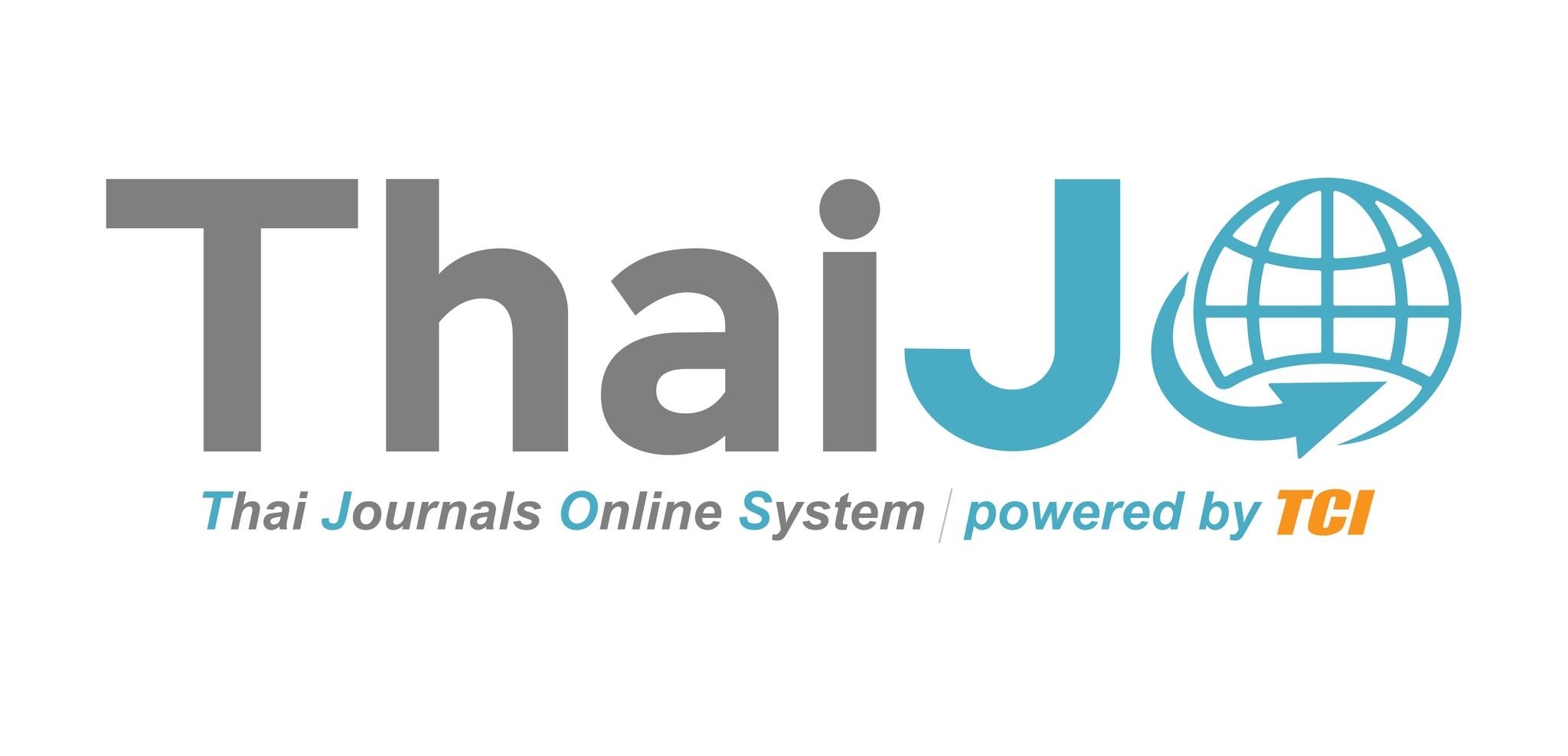Development of Learning Achievement in Solving Problems on Addition, Subtraction, Multiplication, and Division of Grade 3 Students Using SSCS Model with Bar Model Technique and Traditional Learning
DOI:
https://doi.org/10.14456/jasrru.2024.17Keywords:
SSCS Teaching Model Problem Solving, Bar Model, Normal ModelAbstract
From the classroom teaching conditions, it was found that students were unable to analyze problem questions and lacked knowledge and understanding of how to begin the problem-solving process. The purposes of this research were to: 1) compare learning achievement before and after studying of Grade 3 students using SSCS model with bar model technique, 2) compare learning achievement before and after learning management of Grade 3 students using traditional learning, 3) compare learning achievement of students after learning management using SSCS model with bar model technique and traditional learning, and 4) study satisfaction with learning using SSCS model with bar model technique. The samples were 70 Grade 3 students at Ban Si Yaek Somdet School, obtained from cluster random sampling. Divided into a control group and an experimental group, each group has 35 people. Tools used in the research include 1) lesson plans using SSCS model with bar model technique and traditional learning, an achievement test, and a questionnaire. Statistics for data analysis include mean, standard deviation, percentage, and t-test. The results of the research found that: 1) learning achievement after learning was higher than before learning using SSCS model with bar model technique, 2) learning achievement after learning was higher than before learning after receiving learning using traditional learning, 3) the learning achievement of students after learning using SSCS model with bar model technique is higher than learning in traditional learning, statistically significant at the.05 level, and 4) satisfaction of students towards using SSCS model with bar model technique is the highest level. ( =4.24, S.D.=0.85)
Downloads
References
กรองทอง ไคริรี. (2554). แบบฝึกหัดการแก้ปัญหาคณิตศาสตร์โดยใช้รูปบาร์โมเดล (Bar Model) ชั้นประถมศึกษาปีที่ 4. กรุงเทพฯ : ธุรกิจเป็นทีม.
กระทรวงศึกษาธิการ. (2542). พระราชบัญญัติการศึกษาแห่งชาติ พ.ศ.2542 และแก้ไขเพิ่ม (ฉบับที่ 2). กรุงเทพฯ : คุรุสภาลาดพร้าว.
กัญญาภรณ์ สีนินทิน. (2556). การพัฒนาทักษะการแก้ปัญหาคณิตศาสตร์ในหัวข้อการประยุกต์ใช้ โดยการ จัดการเรียนรู้แบบร่วมมือโดยใช้เทคนิค TAI ร่วมกับเทคนิค KWDL สำหรับ นักเรียนชั้นประถมศึกษา. วิทยานิพนธ์หลักสูตรศึกษาศาสตรมหาบัณฑิต มหาวิทยาลัยเทคโนโลยีราชมงคลธัญบุรี มหาวิทยาลัยเทคโนโลยีราชมงคลธัญบุรี.
ทักษิณ เวียงยา. (2553). รายงานการใช้นวัตกรรม ฝึกทักษะคณิตศาสตร์เรื่องการบวกและการลบ ชั้นประถมศึกษาปีที่ 3 กลุ่มวิชาคณิตศาสตร์. [ออนไลน์]. เข้าถึงได้จาก : http://www.pre1.obec.go.th/pre1/Project/abstrack_taksin.pdf. สืบค้น 20 ธันวาคม 2566.
ธันยพัฒน์ พันธ์พำนัก และนงลักษณ์ วิริยะพงษ์. (2562). การจัดการเรียนรู้โดยใช้แบบจำลอง SSCS เพื่อส่งเสริมผลสัมฤทธิ์ทางการเรียนและทักษะการแก้ปัญหาทางคณิตศาสตร์ในรายวิชา ความน่าจะเป็นของนักเรียนชั้นมัธยมศึกษาปีที่ 3. Humanities, Social Sciences and Art. 12(4) : 338-354.
ประสิทธิ์ พลศรีพิมพ์. (2542). คณิตศาสตร์สำหรับครูประถม. มหาสารคาม : คณะวิทยาศาสตร์และเทคโนโลยีมหาวิทยาลัยราชภัฎมหาสารคาม.
ปิยะธิดา พัฒนาสำราญ และชานนท์ จันทรา. (2564). ผลการจัดกิจกรรมการเรียนรู้โดย ใช้รูปแบบ sscs ร่วมกับการใช้ตัวแทนที่มีต่อความสามารถในการแก้ปัญหาและผลสัมฤทธิ์ทางการ เรียนคณิตศาสตร์เรื่องความน่าจะเป็นของนักเรียนชั้นมัธยมศึกษาปีที่ 3. วารสารศึกษาศาสตร์ปริทัศน์. 36(1) : 96-107.
ศิริลักษณ์ ใชสงคราม. (2562). การพัฒนาความสามารถการแก้โจทย์ปัญหาคณิตศาสตร์ของ ชั้นประถมศึกษาปีที่ 5 ที่จัดการเรียนรู้ด้วยเทคนิค TGT ร่วมกับบาร์โมเดล (Bar Model). วิทยานิพนธ์หลักสูตรศึกษาศาสตร์มหาบัณฑิตสาขาวิชาหลักสูตรและการนิเทศ. กรุงเทพฯ : มหาวิทยาลัยศิลปากร.
ศุภลักษณ์ ภูสุวรรณ์. (2561). การพัฒนาผลสัมฤทธิ์ทางการเรียนคณิตศาสตร์เรื่องสมการเชิงเส้นกับการแก้ปัญหาตัวแปรเดียวของนักเรียนชั้นมัธยมศึกษาปีที่ 1 โรงเรียนวัดสุทธารามโดยใช้เทคนิคบาร์. วิทยานิพนธ์ปริญญาโท.กรุงเทพฯ : มหาวิทยาลัยรามคำแหง.
สุรัชน์ อินทสังข์. (2558). การสอนแก้ปัญหาโดยใช้ Bar Modal. สภาบันส่งเสริมการสอนวิทยาศาสตร์และเทคโนโลยี (สสวท.).
อภิณห์พร มานิ่ม. (2557). การใช้รูปแบบ SSCS เพื่อส่งเสริมความสามารถในการแก้ไขปัญหา ปัญหาทางคณิตศาสตร์เรื่องอสมการของนักเรียนชั้นมัธยมศึกษาปีที่ 3 . วิทยานิพนธ์ปริญญาโท มหาวิทยาลัยเชียงใหม่.
Shepardson Pizzini & S Abell. (1989). A Rationale for and the Development of a Problem Solving Model of Instruction in Science Education. Science Education. 73(5) : 523-534.
Downloads
Published
How to Cite
Issue
Section
Categories
License
Copyright (c) 2024 Journal of Academic Surindra Rajabhat

This work is licensed under a Creative Commons Attribution-NonCommercial-NoDerivatives 4.0 International License.










